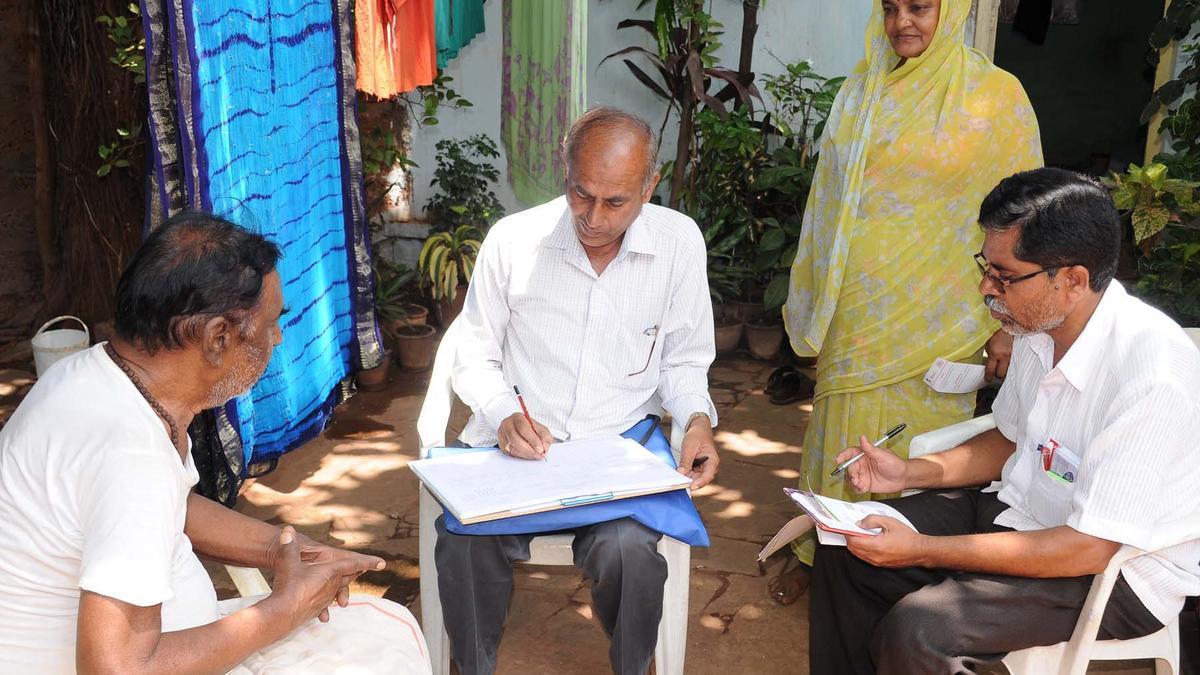
The chaos of Karnataka’s caste survey
The Hindu
The chaos of Karnataka’s caste survey
The story so far:
On April 11, a nearly 10-year-old Socio-Economic and Educational Survey (popularly called the Caste Census) prepared by the Karnataka State Commission for Backward Classes was dusted off and accepted by the Chief Minister Siddaramaiah-led Cabinet. Two days prior, the listing of the Caste Census in the Cabinet’s agenda for discussion had surprised many. For the Chief Minister had on multiple occasions announced a discussion only to rescind it as political implications were believed to be far-reaching and difficult to handle.
The data was collected by the commission through government-appointed enumerators in April-May 2015 from about 1.35 crore households covering a population of 5.98 crores — nearly 95% of the then projected population of 6.35 crores (Census 2011 population figure for Karnataka is 6.11 crores). While the survey was conducted by H. Kantharaj Commission, the survey report, data and recommendations were submitted by K. Jayaprakash Hegde’s Commission in 2024.
Though the survey findings and recommendations were ready by late 2017, Mr. Kantharaj could not submit the report since the member-secretary had not signed it. Subsequently, the Janata Dal (Secular)-Congress coalition government and the BJP government that succeeded it also did not receive the report.
As population figures became clear after the Cabinet received the data, causing tremors in the political landscape, the fault line between the politically dominant Vokkaliga and Veerashaiva-Lingayat communities and other backward class communities became clear. The Cabinet met again on April 17 to discuss the recommendation, but did not decide on the matter. While further debate has been deferred again for May 2, no clear decision on the commission’s recommendation is expected. Meanwhile, the issue has reached the doors of the Karnataka High Court.
The vexed survey is being keenly watched for population figures of castes/communities for political reasons, though its goal had been to provide insights into ‘backwardness’ that the government could use to develop programmes aimed at uplifting such communities.
The survey has pegged the total population of backward classes in the State to be about 70%.

 Run 3 Space | Play Space Running Game
Run 3 Space | Play Space Running Game Traffic Jam 3D | Online Racing Game
Traffic Jam 3D | Online Racing Game Duck Hunt | Play Old Classic Game
Duck Hunt | Play Old Classic Game











